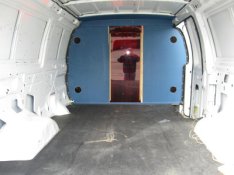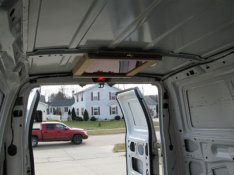Greg Heath
Subscriber
I wasn't sure where to put this.
Last night was one of those evenings where I was sitting in front of the TV watching the History Channel in HD, and should have probably been in the darkroom getting something done, but they had an interesting 4 hour or so show on President Lincoln and his assassination and entombment.
http://www.history.com/video.do?name=lincoln
As I watched the show the narrative used the original photos of the time (1860's) to tell the story, and I found an interesting site covering the Civil War's photos. Down on the left side of the page are the Photos from that era.
http://www.civil-war.net/searchlinks.asp?searchlinks=Photos
I suppose most of the photos that were made were from Large format cameras, something that I myself I am being drawn to.
Those old photos to me show so much life. The quality of the photos just really impresses me. The towns, the people, the age, and yet we have these mementos that until I started getting into film, I just didn't ever really appreciate them. Now I just love em. I can't get enough.
I just thought I would pass along the links..
Greg
Last night was one of those evenings where I was sitting in front of the TV watching the History Channel in HD, and should have probably been in the darkroom getting something done, but they had an interesting 4 hour or so show on President Lincoln and his assassination and entombment.
http://www.history.com/video.do?name=lincoln
As I watched the show the narrative used the original photos of the time (1860's) to tell the story, and I found an interesting site covering the Civil War's photos. Down on the left side of the page are the Photos from that era.
http://www.civil-war.net/searchlinks.asp?searchlinks=Photos
I suppose most of the photos that were made were from Large format cameras, something that I myself I am being drawn to.
Those old photos to me show so much life. The quality of the photos just really impresses me. The towns, the people, the age, and yet we have these mementos that until I started getting into film, I just didn't ever really appreciate them. Now I just love em. I can't get enough.
I just thought I would pass along the links..
Greg








 Round pegs in square holes.)
Round pegs in square holes.)



